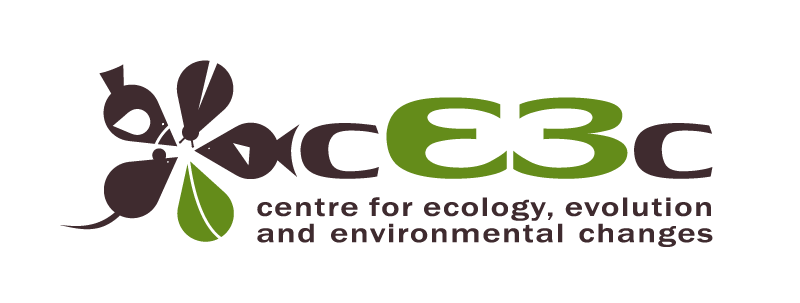| Abstract | The Algerian cork oak forest is constituted with numerous essences(Quercus faginea, Quercus coccifera, Quercus suber). This last one
establishes an essential element of the physical, climatic and
especially socioeconomic balance of the populations of the rural zones
and the country in general. An appeal to the regeneration would be
indispensable for the rehabilitation of these forests, where from the
importance of acorns, which play a major role in the regeneration of
this essence.
The purpose of this work is to estimate antioxidant activity,
antimicrobial and fungicidal effect of the essential oil of organic
extracts of the cork oak acorns attacked with the procession of insects
called Carpophagous Insects.
We extracted acorns of cork oak infested with insects by using organic
solvents as the acetone, the chloroform, the ethanol and also extract of
water. We measured at first the total lipids according to Goldsworthy's
method (1972). The antioxidant activity of samples was determined by two
methods, the one based on the discoloration of a solution of cation
ABTSo +. The original product, ABTS is going to generate cations ABTSo +
which are free radicals and the other one based on the discoloration of
a solution of beta-carotene (beta-carotene bleaching method).
Extracts, obtained were individually estimated against some
phytopathogenes: Penicillium digitalum, Penicillium italicum, Botrytis
fabae, Botrytis cinera, Ascophyta fabae, Fusarium oxysporum, as well as
against pathogenic microorganisms such as Geotrichum candidum,
Aspergillus, Candida galbrata, Candida albicans, and Saccharomyces
cerevisiae. Extracts were so individually estimated against a sample
group of 4 bacteria including: Pseudomonas aeruginosa ATCC 9027,
Staphylococcus aureus ATCC 25923, Enterococcus faecalis ATCC 29212 and
Escherichia coli ATCC 25922.
Results show that all the extracts stemming from attacked acorns contain
less lipids than the extracts of the healthy acorns. These same extracts
present an antioxidant activity, a significant antimicrobial and
fungicidal effect. This biologic activity is a function of various used
solvents.
|



